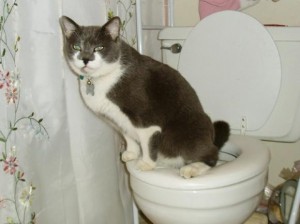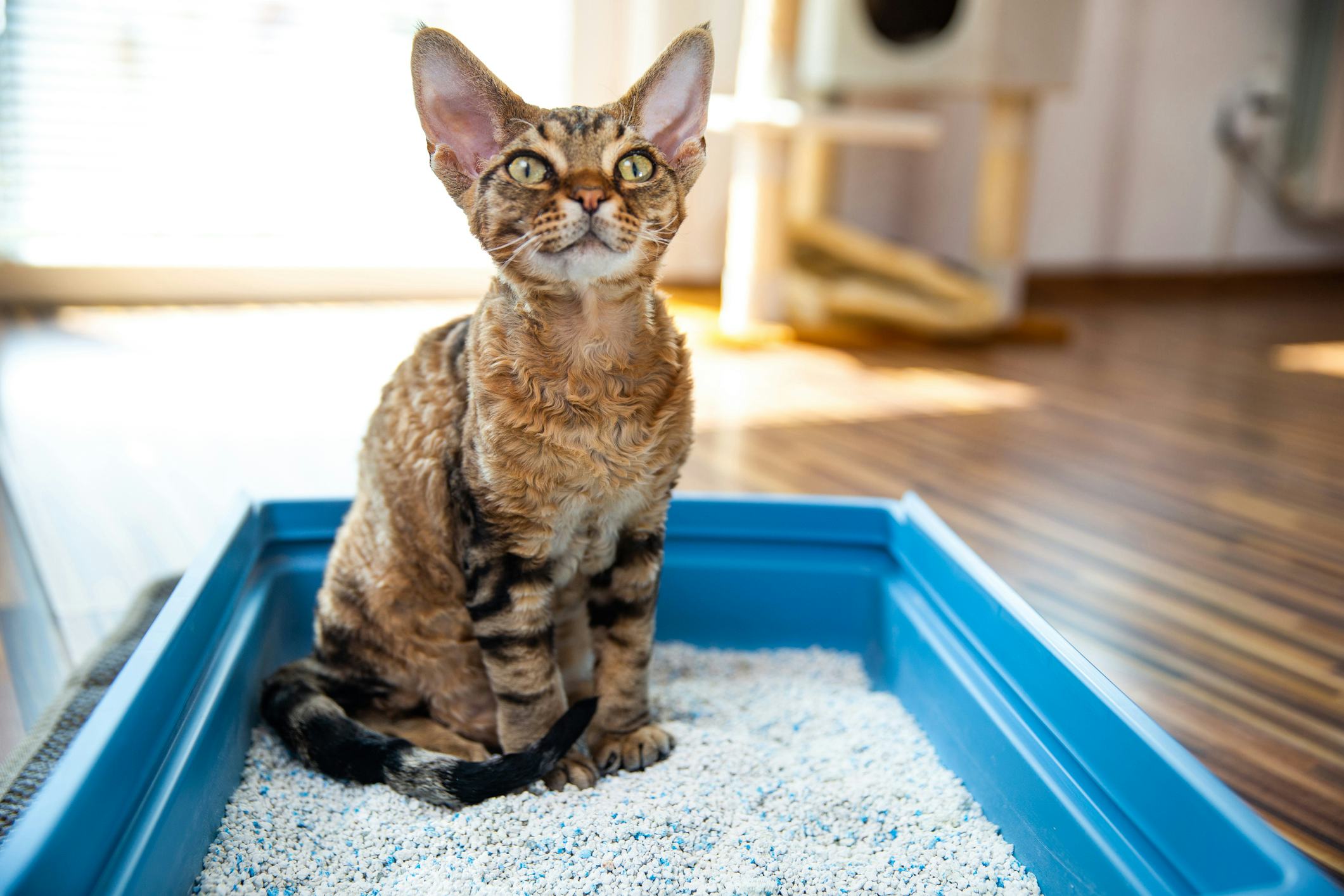The Consequences of Flushing Cat Poop Down Your Toilet - Protect Your Plumbing
The Consequences of Flushing Cat Poop Down Your Toilet - Protect Your Plumbing
Blog Article
The content below on the subject of How to Dispose of Cat Poop and Litter Without Plastic Bags is especially compelling. Give it a try and draw your own results.

Intro
As pet cat proprietors, it's essential to be mindful of just how we deal with our feline friends' waste. While it may appear hassle-free to purge cat poop down the bathroom, this practice can have detrimental consequences for both the atmosphere and human wellness.
Alternatives to Flushing
Fortunately, there are more secure and more accountable ways to throw away pet cat poop. Think about the adhering to options:
1. Scoop and Dispose in Trash
One of the most typical technique of taking care of feline poop is to scoop it into an eco-friendly bag and toss it in the garbage. Make sure to utilize a dedicated litter inside story and get rid of the waste promptly.
2. Use Biodegradable Litter
Select biodegradable feline clutter made from products such as corn or wheat. These clutters are environmentally friendly and can be safely dealt with in the garbage.
3. Bury in the Yard
If you have a yard, consider burying cat waste in a designated location away from veggie gardens and water resources. Be sure to dig deep sufficient to avoid contamination of groundwater.
4. Set Up a Pet Waste Disposal System
Buy a pet dog waste disposal system especially developed for cat waste. These systems utilize enzymes to break down the waste, reducing smell and environmental effect.
Health and wellness Risks
Along with ecological problems, flushing feline waste can also present health and wellness threats to humans. Feline feces might include Toxoplasma gondii, a bloodsucker that can cause toxoplasmosis-- a possibly serious disease, particularly for expecting women and individuals with damaged body immune systems.
Environmental Impact
Purging pet cat poop introduces damaging virus and bloodsuckers into the supply of water, posturing a substantial threat to water ecosystems. These impurities can negatively affect marine life and concession water quality.
Final thought
Responsible animal possession extends past providing food and sanctuary-- it also involves correct waste monitoring. By refraining from flushing cat poop down the toilet and going with alternative disposal methods, we can reduce our environmental footprint and shield human health and wellness.
Why Can’t I Flush Cat Poop?
It Spreads a Parasite
Cats are frequently infected with a parasite called toxoplasma gondii. The parasite causes an infection called toxoplasmosis. It is usually harmless to cats. The parasite only uses cat poop as a host for its eggs. Otherwise, the cat’s immune system usually keeps the infection at low enough levels to maintain its own health. But it does not stop the develop of eggs. These eggs are tiny and surprisingly tough. They may survive for a year before they begin to grow. But that’s the problem.
Our wastewater system is not designed to deal with toxoplasmosis eggs. Instead, most eggs will flush from your toilet into sewers and wastewater management plants. After the sewage is treated for many other harmful things in it, it is typically released into local rivers, lakes, or oceans. Here, the toxoplasmosis eggs can find new hosts, including starfish, crabs, otters, and many other wildlife. For many, this is a significant risk to their health. Toxoplasmosis can also end up infecting water sources that are important for agriculture, which means our deer, pigs, and sheep can get infected too.
Is There Risk to Humans?
There can be a risk to human life from flushing cat poop down the toilet. If you do so, the parasites from your cat’s poop can end up in shellfish, game animals, or livestock. If this meat is then served raw or undercooked, the people who eat it can get sick.
In fact, according to the CDC, 40 million people in the United States are infected with toxoplasma gondii. They get it from exposure to infected seafood, or from some kind of cat poop contamination, like drinking from a stream that is contaminated or touching anything that has come into contact with cat poop. That includes just cleaning a cat litter box.
Most people who get infected with these parasites will not develop any symptoms. However, for pregnant women or for those with compromised immune systems, the parasite can cause severe health problems.
How to Handle Cat Poop
The best way to handle cat poop is actually to clean the box more often. The eggs that the parasite sheds will not become active until one to five days after the cat poops. That means that if you clean daily, you’re much less likely to come into direct contact with infectious eggs.
That said, always dispose of cat poop in the garbage and not down the toilet. Wash your hands before and after you clean the litter box, and bring the bag of poop right outside to your garbage bins.
https://trenchlesssolutionsusa.com/why-cant-i-flush-cat-poop/

We were brought to that article on Can You Flush Cat Poop Down The Toilet? through a good friend on a different domain. Those who enjoyed reading our page if you please make sure you remember to share it. We love reading our article about Can You Flush Cat Poo or Litter Down the Toilet?.
Details Report this page